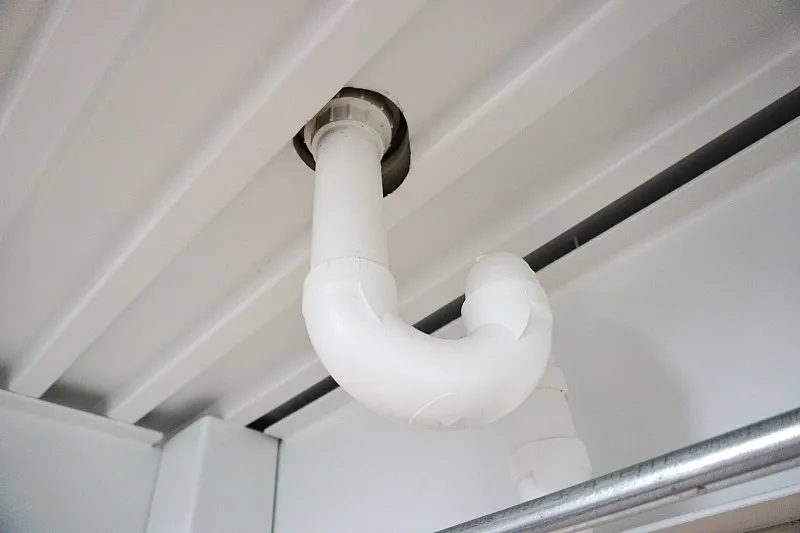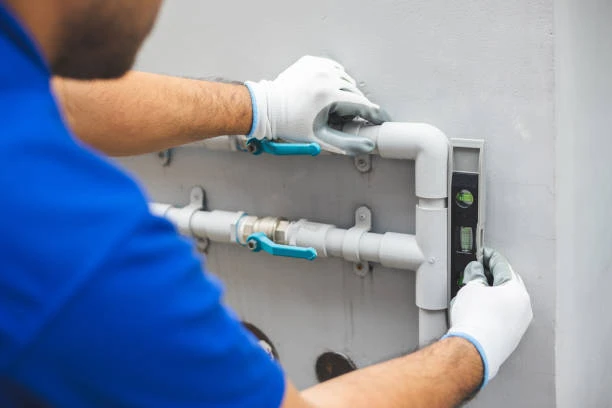Best Practices for the Transport of Plastic Pipes
Plastic pipes are widely used in various industries due to their lightweight nature, durability, and resistance to corrosion. However, improper handling, storage, and transport can lead to damage and decreased performance. This article will discuss the best practices for the correct transport of plastic pipes, ensuring they reach their destination in optimal condition. By adhering to these guidelines, suppliers, contractors, and end-users can avoid costly issues and maintain the integrity of their piping systems.
Understanding the Importance of Proper Handling and Transport
Transporting plastic pipes involves several key considerations to ensure their integrity and usability. These pipes can be affected by physical damage, environmental factors, and improper handling practices. Therefore, understanding the importance of proper transport methods is crucial for:
- Preventing Damage: Proper handling minimizes the risk of cracks, dents, or other physical damage during transit.
- Maintaining Performance: Damaged pipes can lead to leaks or failures in the piping system, which can be costly to repair and may disrupt operations.
- Ensuring Safety: Well-handled pipes reduce the risk of accidents during transport, protecting workers and other individuals in the vicinity.
Key Considerations for the Transport of Plastic Pipes
1. Selecting the Right Transportation Method
The method of transport is critical when moving plastic pipes. Depending on the quantity, size, and destination, various transportation options are available:
- Truck Transport: The most common method for local and regional distribution, truck transport allows for flexible scheduling and direct delivery to job sites.
- Rail Transport: Ideal for long-distance shipments, rail transport can handle large quantities of pipes efficiently. However, coordination with trucking for final delivery is necessary.
- Shipping Containers: For international transport, using shipping containers can protect pipes from environmental factors and physical damage.
2. Packaging for Protection
Proper packaging is essential for protecting plastic pipes during transport. Here are some best practices:
- Use Protective Wrapping: Wrap pipes in protective materials such as foam or bubble wrap to cushion them from impacts.
- Secure with Straps: Use durable straps to secure bundled pipes. This prevents movement during transport, reducing the risk of damage.
- Labeling: Clearly label packages with handling instructions and contents to inform transport personnel about the type of material and care required.
3. Loading and Unloading Procedures
The loading and unloading of plastic pipes must be handled carefully to prevent damage:
- Use Appropriate Equipment: Utilize forklifts, pallet jacks, or cranes designed for lifting heavy loads to move pipes safely.
- Ensure Stability: When loading pipes, ensure they are stacked evenly and secured to prevent shifting during transport.
- Follow Safety Protocols: Implement safety protocols to protect workers during loading and unloading operations, including the use of personal protective equipment (PPE).
4. Transporting in Suitable Conditions
Environmental conditions can impact the integrity of plastic pipes during transport. Consider the following:
- Temperature Considerations: Extreme temperatures can affect the flexibility and strength of plastic pipes. Avoid transporting them in extreme heat or cold.
- Avoid Direct Sunlight: Prolonged exposure to sunlight can degrade certain types of plastic. Transport pipes in covered trucks or shaded areas when possible.
- Moisture Control: Ensure pipes are dry before transport to prevent mold growth and degradation of material.

Storage Practices for Plastic Pipes
Before and after transport, proper storage of plastic pipes is vital for maintaining their quality. Here are some effective storage practices:
1. Selecting a Suitable Storage Area
Choose a storage area that is:
- Dry and Well-Ventilated: A dry environment prevents moisture accumulation, which can damage the pipes.
- Temperature Controlled: If possible, maintain a consistent temperature to protect the integrity of the plastic.
- Protected from UV Exposure: Store pipes in a shaded area or use tarps to shield them from direct sunlight.
2. Organizing the Storage Space
Organizing the storage space efficiently can help in quick access and prevent damage:
- Vertical Stacking: Store pipes vertically rather than horizontally to reduce the risk of deformation.
- Labeling: Clearly label different types of pipes for easy identification, including size, material, and intended use.
3. Regular Inspections
Conduct regular inspections of stored pipes to identify any potential issues:
- Check for Damage: Look for cracks, deformation, or signs of wear that may have occurred during storage.
- Monitor Environmental Conditions: Keep track of temperature and humidity levels to ensure optimal storage conditions.
Training Personnel
Training staff involved in the handling, storage, and transport of plastic pipes is crucial for minimizing risks:
1. Proper Handling Techniques
Educate employees on proper handling techniques, including lifting methods and the use of equipment. This training should emphasize the importance of using PPE and following safety protocols.
2. Awareness of Material Properties
Understanding the properties of plastic pipes, such as their temperature sensitivity and susceptibility to UV damage, will help personnel handle them appropriately.
3. Emergency Procedures
Train employees on emergency procedures in case of accidents during transport, including how to report incidents and manage spills or damage.
Conclusion
The correct transport of plastic pipes is essential for maintaining their integrity and ensuring their performance in various applications. By following best practices in handling, storage, and transport, companies can avoid costly damage and enhance the longevity of their piping systems. As the demand for durable and efficient piping solutions continues to grow, investing in proper transport methods will prove beneficial for both suppliers and end-users alike.
FAQs
1. What is the best way to package plastic pipes for transport?
Use protective wrapping, secure with straps, and label clearly to ensure safe transport.
2. How should plastic pipes be stored to prevent damage?
Store pipes in a dry, well-ventilated area, away from direct sunlight and extreme temperatures.
3. What equipment is recommended for loading and unloading plastic pipes?
Use forklifts, pallet jacks, or cranes designed for heavy loads to ensure safe handling.
4. How often should stored plastic pipes be inspected?
Regular inspections should be conducted, ideally every few months, to check for damage or deterioration.
5. What safety measures should be taken during the transport of plastic pipes?
Implement safety protocols, provide personal protective equipment (PPE), and train staff on proper handling techniques.


















